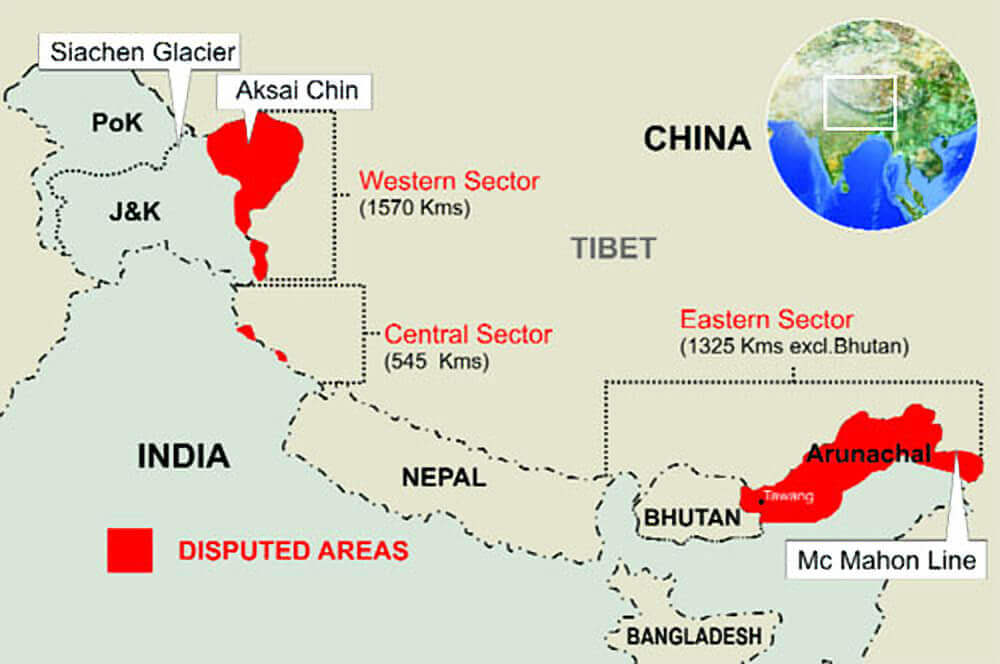900 319 0030
enquiry@shankarias.in
What is the issue?
What is a Chinese transgression?
What does the ‘Indian side’ of the LAC mean?
What are the various sectors on the India-China border?

What do increased Chinese transgressions indicate?
What happened in Wuhan Summit?
Has the Wuhan spirit vanished?
What is the need for caution?
Source: The Indian Express